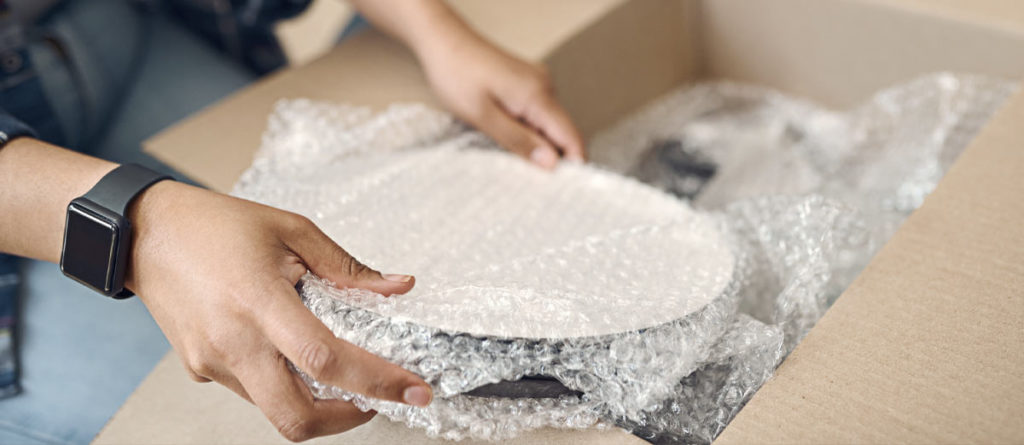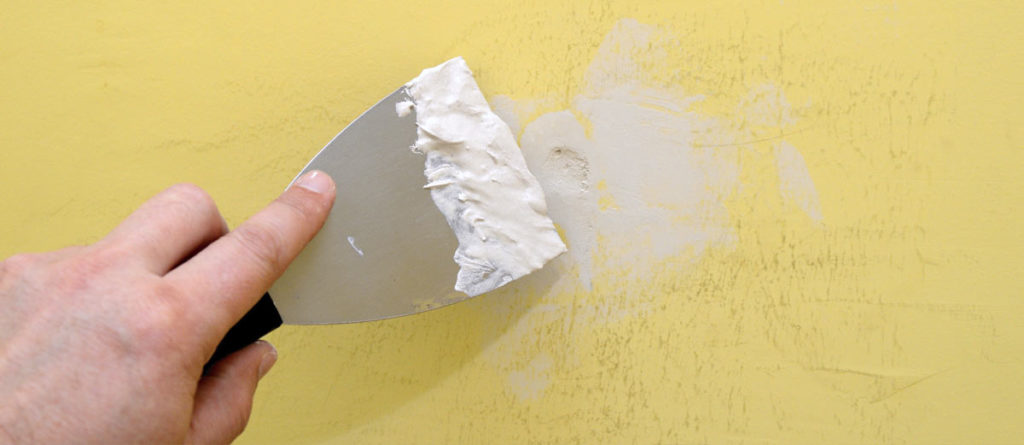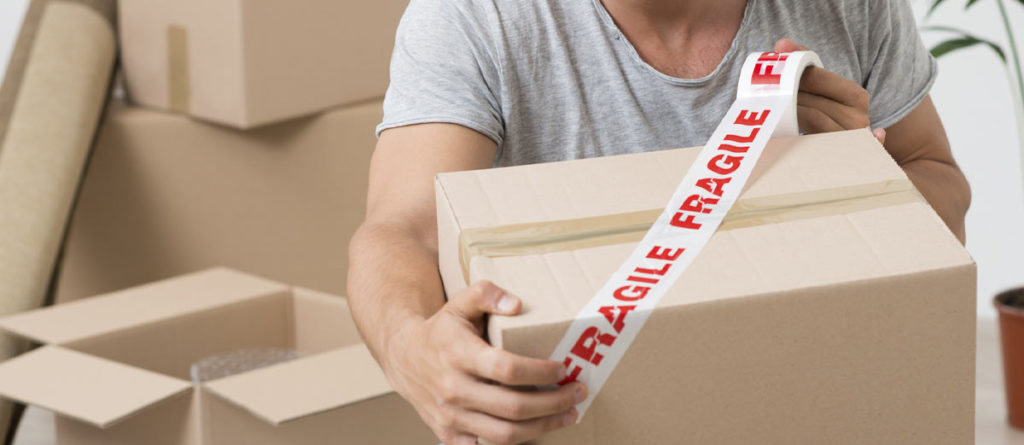Stored items can often be of incredible value. Whether they have seasonal use, such as heavy winter clothes, or sentimental value like childhood keepsakes, items you don’t use every single day are still worthy of being protected. Damage to these kinds of items can render them ruined, and even create mold or attract pests. When you’re storing items, it’s important to store them properly to prevent this damage. Additionally, proper storage can help prolong the lifespan of the item and decrease age-related wear, such as yellowing.
Whether you’re storing your items in your home, or an exterior storage facility such as a garage or storage unit, there are several easy ways to keep them protected for the next time you need them.




